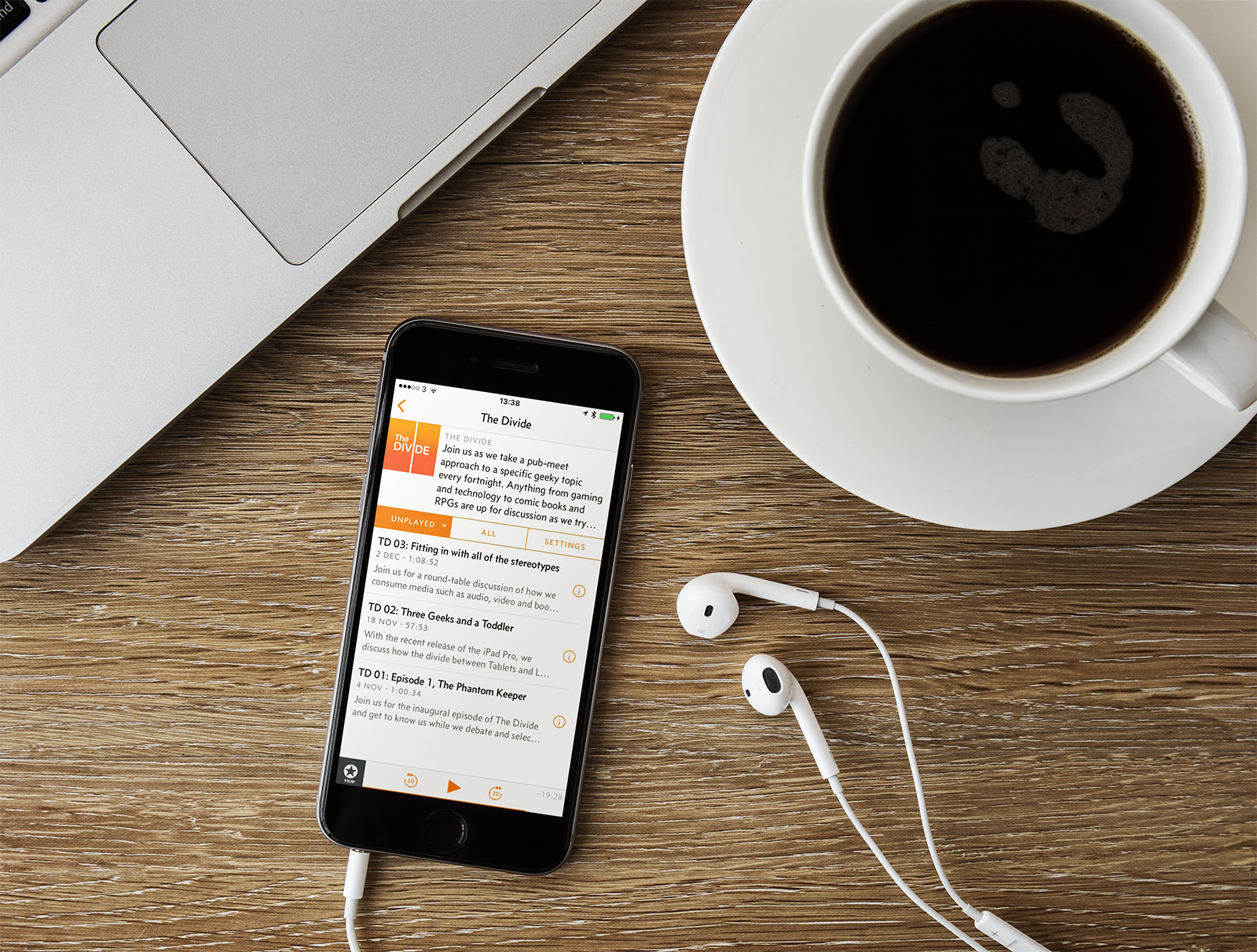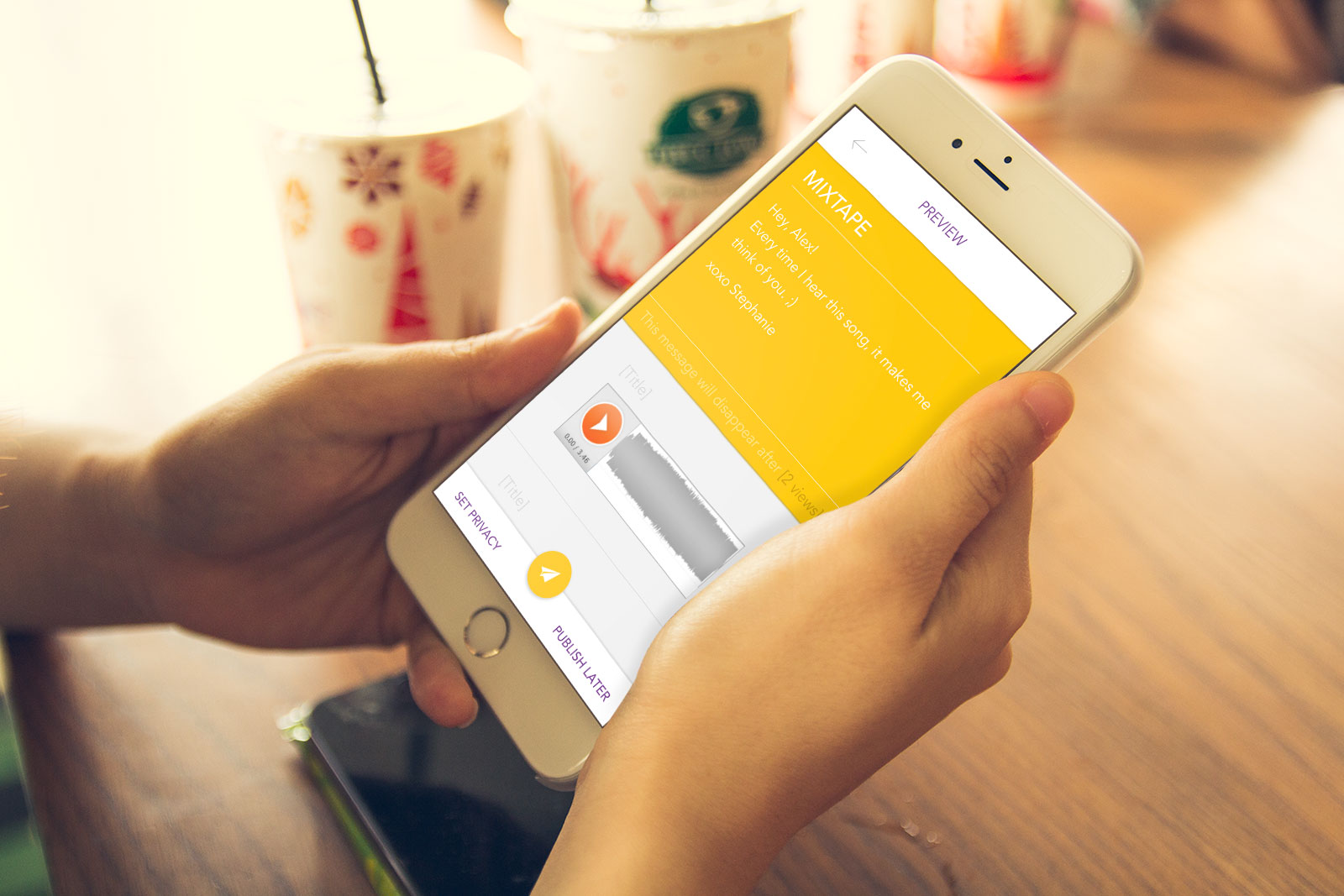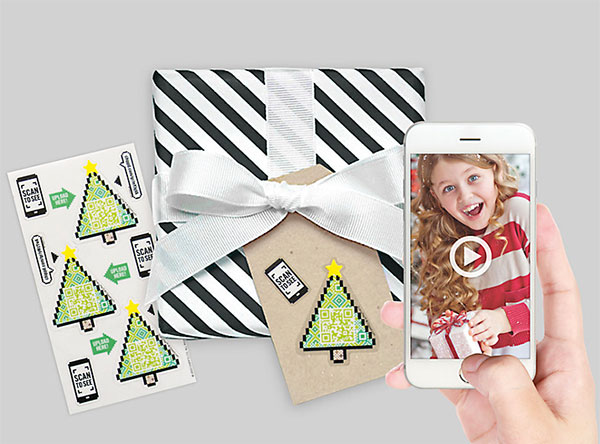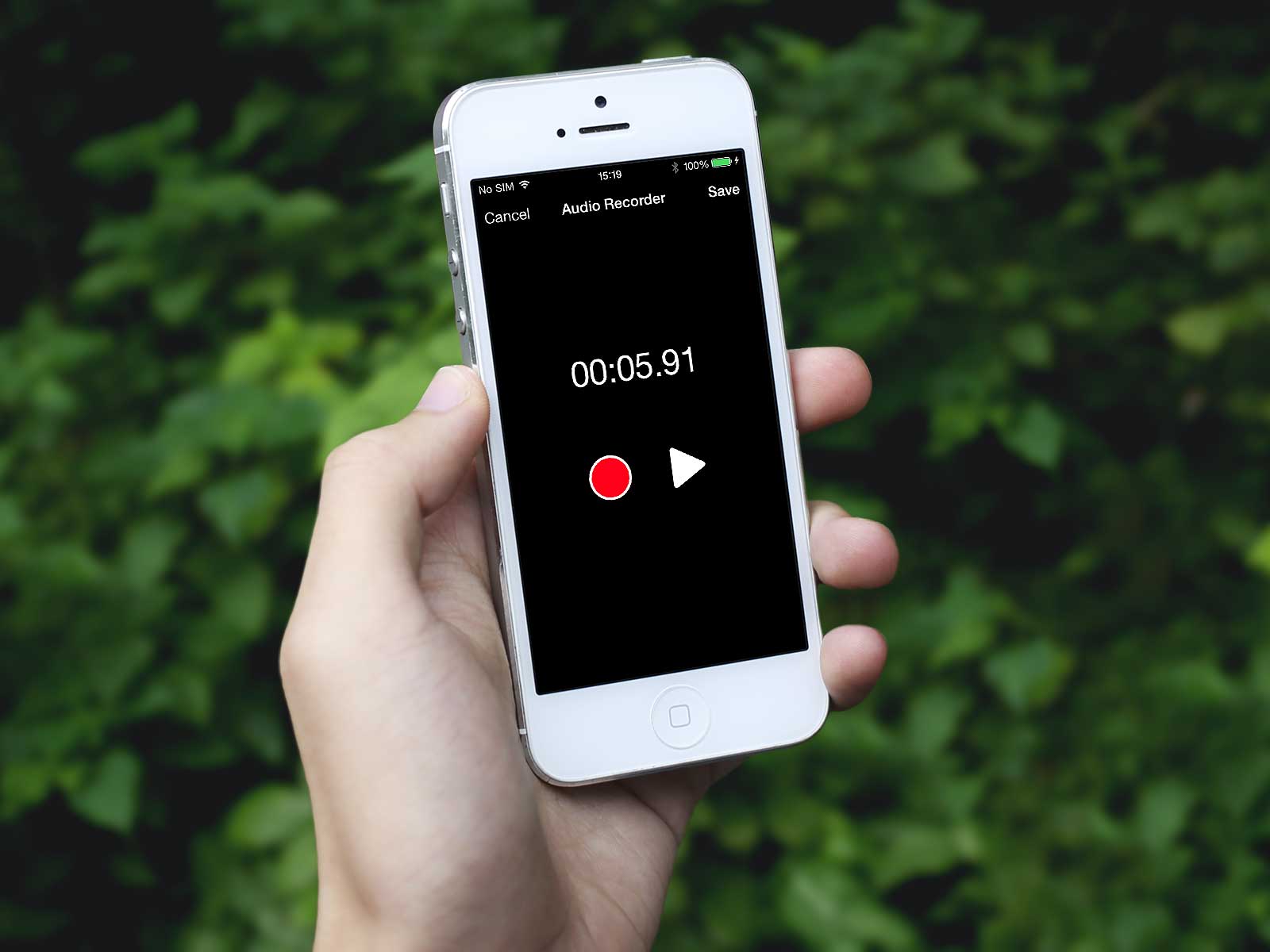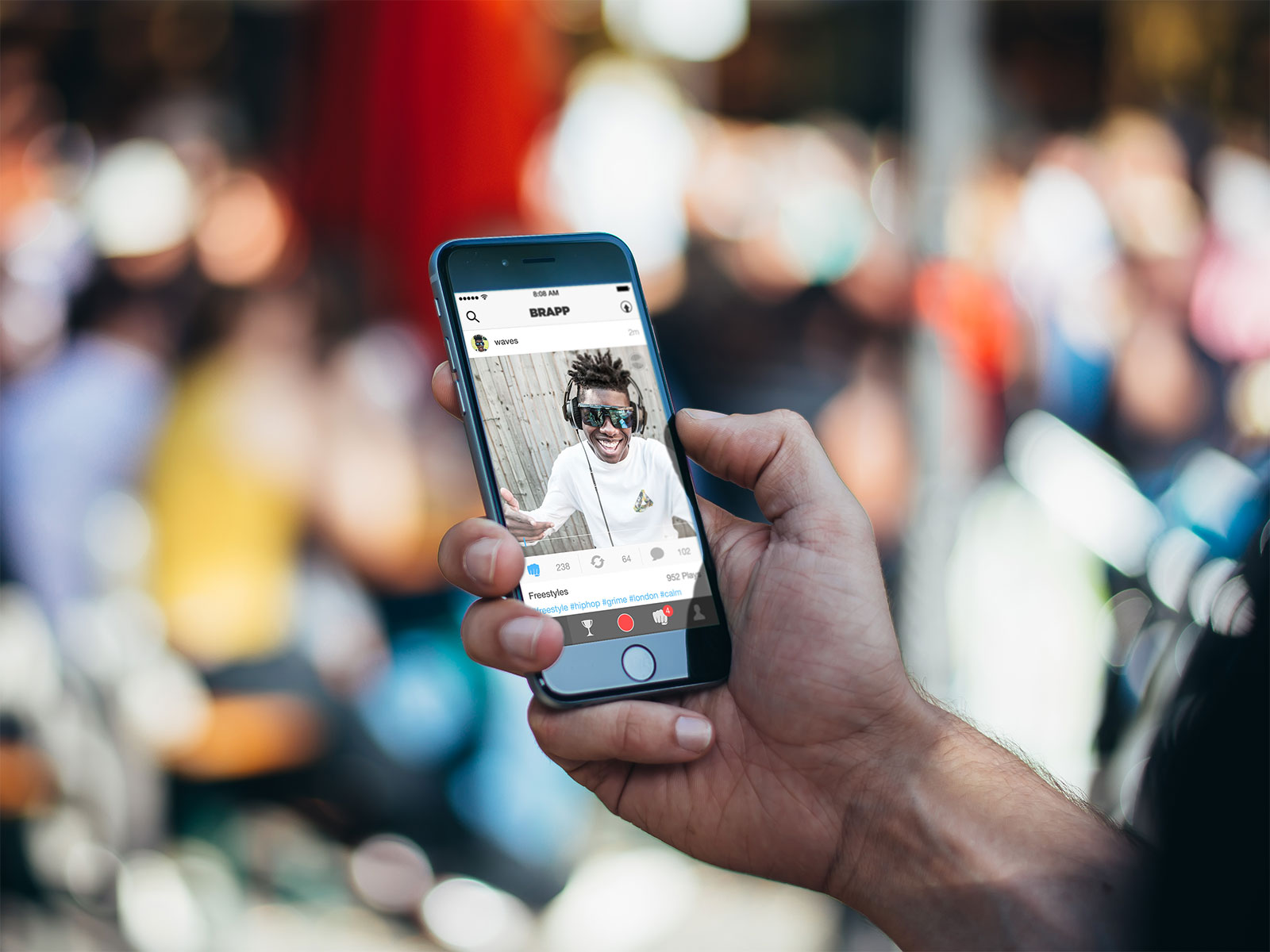Using the Siri Remote with the Apple TV Simulator
I’ve been working on a tvOS app for a client recently which has led to a lot of time spent building to both the Apple TV hardware and simulator. Whilst the simulator is very good for basic testing, the simulated remote can be a bit tricky to use and so I was very pleased to discover today that the physical Siri Remote can be used with the Apple TV Simulator on El Capitan. All you have to do is pair your Siri Remote to your Mac and it’ll work in the simulator just like it does with the real thing.
The full set of steps are as follows:
-
Unpair your remote from your existing Apple TV (if applicable) by holding down the menu button and volume up button for around 5-10 seconds whilst the Apple TV is unplugged or otherwise out of Bluetooth range1.
-
Open up the Bluetooth settings panel in OS X; you should see a device with no details other than a mac address. Pair it.
-
Profit! Your Siri Remote is now paired and can be used in the simulator.
I have a 1080p external monitor plugged into my iMac 5k and so if I run the Apple TV simulator on that in fullscreen mode it feels almost exactly like using the real hardware. This could be a good stop gap for those on a budget as you could just buy a Siri Remote for testing rather than the whole Apple TV2. You should always test your apps on real hardware of course but this is a useful trick nonetheless.
-
Otherwise it’ll just unpair and repair very quickly - a frustrating way to spend 15 minutes on a Wednesday morning! ↩︎
-
Or for developers who simply don’t want a second Apple TV. I’ve been moving mine between my office and living room for the past week and considered getting a second “development only” Apple TV to avoid this minor irritation; buying just a second remote seems a wiser investment. ↩︎
